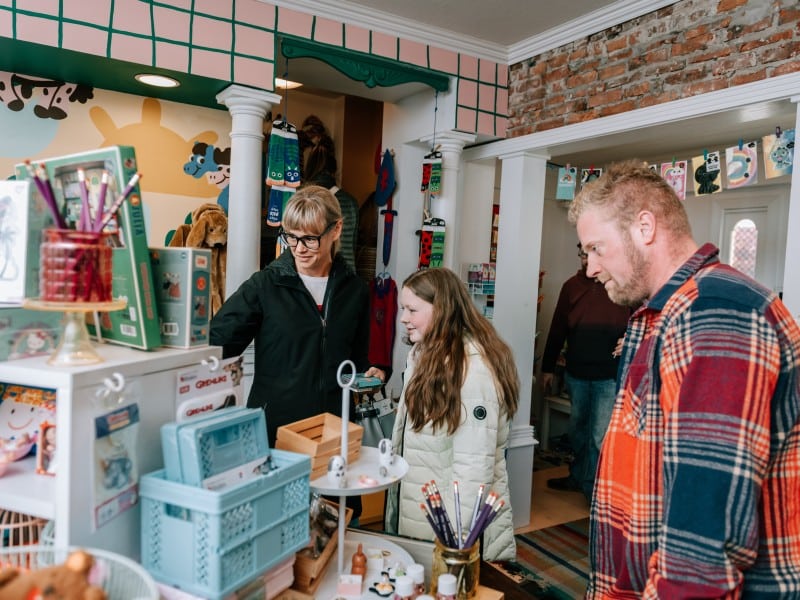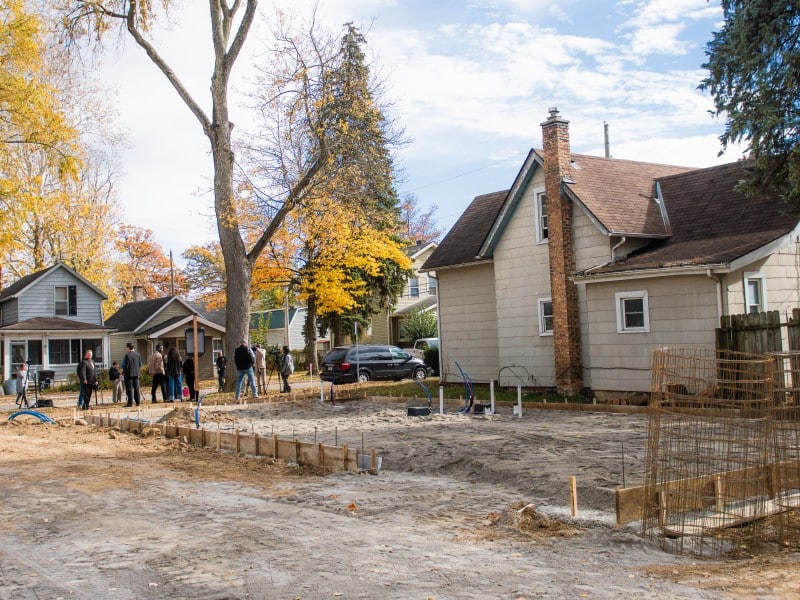Fort Wayne funders and nonprofits share innovations in ‘essential’ systems during COVID-19
“This pandemic has opened my eyes to how weak the infrastructure is for the very fundamental needs we all have as humans.”
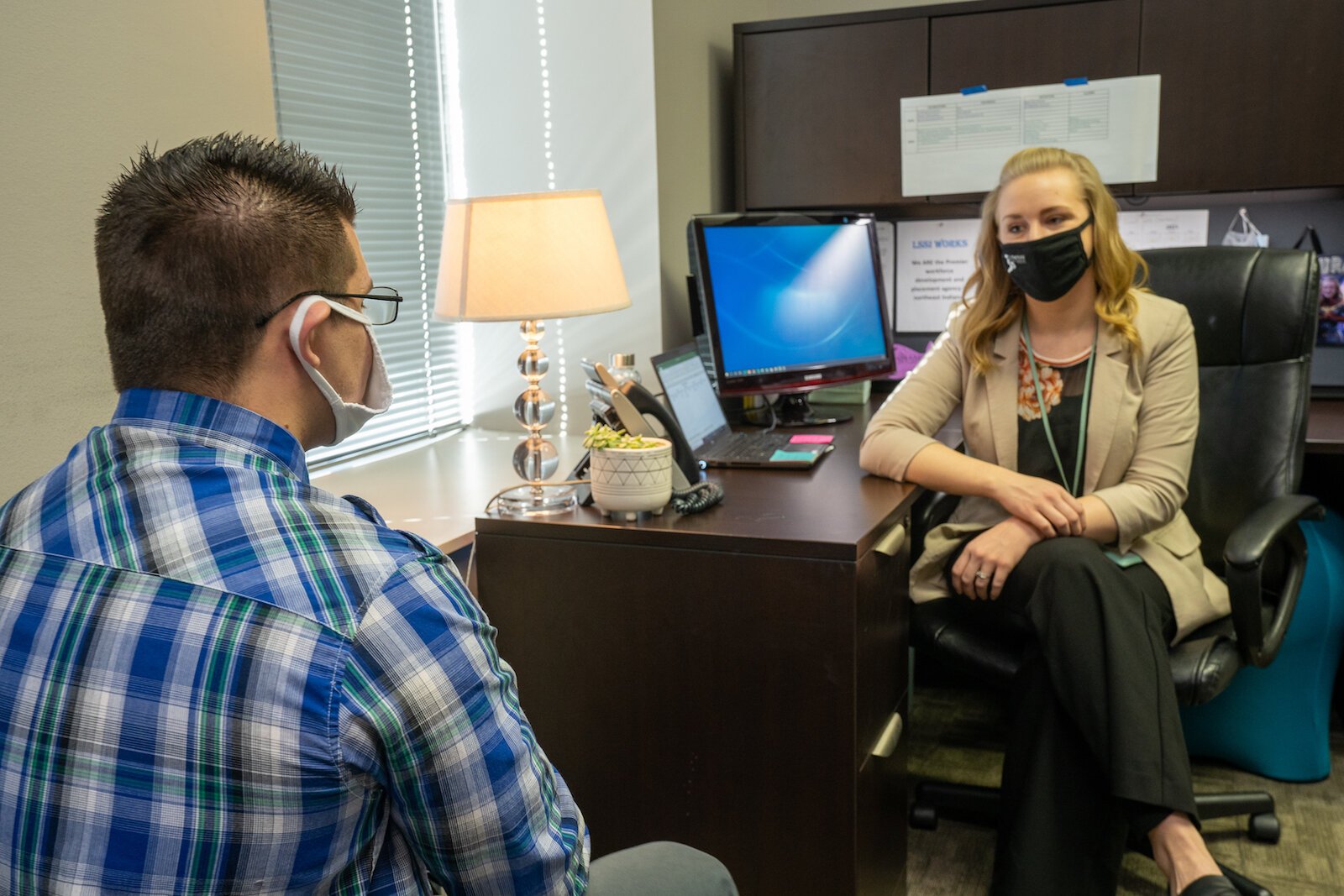
For decades, if not longer in the U.S., there’s been a prevailing notion that the decision to support the essential needs of our fellow human beings is a “selfless act of charity.”
We stuff shoeboxes, pluck angels from trees, donate cans, and deliver heaps of clothing to nonprofits, all largely rooted in the assumption that we’re doing something generous—for someone else.
But as we cope with the COVID-19 pandemic—a virus that started literally on the other side of the world and made its way into our homes in Northeast Indiana—maybe it’s time we reexamine how connected we truly are to our fellow human beings, in our neighborhoods, in our cities, in our country, and around the world.
The pandemic has, in many ways, given us a visceral depiction of an often invisible reality that affects our community’s health, wellness, and economic vitality on a scale far grander than many of us realize.
We are all connected.
The actions—or inactions—of a few do affect the whole.
Sometimes, the effects are not immediate. Sometimes, the effects are not direct. But the underlying impact is usually there, lying dormant until something awakens it, like generations of suppressed pain and unaddressed wrongdoing fanned into a flame by a Minneapolis man’s murder.
If the life of even one person does impact the wellbeing of the whole, then are “selfless acts of charity” truly selfless acts? Or is the decision to help another ultimately the decision to help ourselves, too, in the long run?
Welcome to the first story in Input Fort Wayne’s Solutions Series, made possible by support from United Way of Allen County, the NiSource Foundation, NIPSCO, Brightpoint, and a host of other innovators in Northeast Indiana who believe in the power of human connectedness.
This 10-part, 10-month series will be exploring how our regional community is addressing its residents’ essential needs that have come to light during the pandemic—from food to housing, childcare, mental health, and more. It will be zooming into the specific challenges facing certain segments of society, with the understanding that the challenges directly impacting SOME ultimately affect us ALL.
We are all more connected than we think, regardless of age, gender, religion, race, language, or political affiliation. And when any member of our community is being held back, we all suffer the consequences, in some form.
We hope you will join us for this exploration of the human condition in Northeast Indiana, starting with the challenges our nonprofit leaders are facing themselves during this turbulent time and the innovations they’re developing.
***
Prior to the COVID-19 pandemic, Turnstone Center in Fort Wayne was struggling to find sustainable ways to support its essential services and therapies for people with disabilities.
The nonprofit does not typically receive any government funding. Instead, its clients receive federal Medicare or Medicaid benefits to pay Turnstone for its services, more than of which are subsidized.
But there’s a point where Medicare or Medicaid benefits are capped, and for Turnstone’s clientele, who frequent doctors and specialists, these caps on benefits are reached quickly.
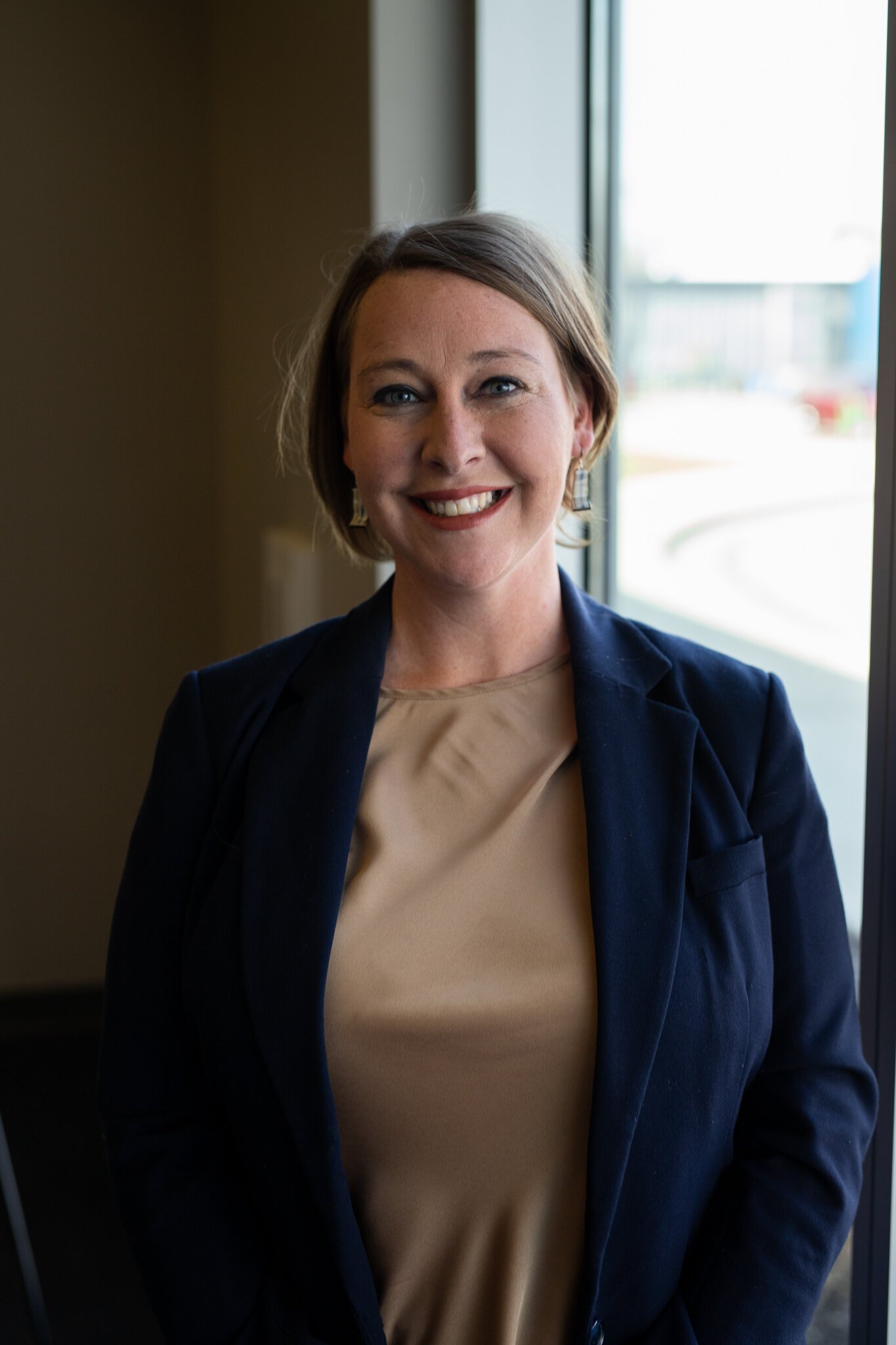
Rena Shown, Chief Development Officer for Turnstone, points out that 66 percent of Turnstone’s clients are currently living 200 percent below the federal poverty line. So even on top of its subsided programs and clients’ federal benefits, the funding that reaches Turnstone is never enough to cover its cost of services.
“It’s only a small piece of the pie,” Shown says.
What complicates matters is that Turnstone’s services for people with disabilities are not just “nice to have,” says Chief Marketing Technology Officer Stasha Carrasquillo. “They’re ‘need to have.’ If we stop providing these services to people with disabilities, they regress.”
So historically, to make up for funding gaps, Turnstone has relied heavily on the generosity of Northeast Indiana donors, and donors have shown up. The nonprofit sources 60-70 percent of its annual budget—roughly $3.4-4 million dollars a year—directly from the Fort Wayne community in the form of grants, donations, foundation support, and corporate sponsorships.
The kicker is, even with these donations, “It’s just not enough,” Carrasquillo says.

Rates of giving—while incredibly generous in Northeast Indiana—simply aren’t keeping up with the rates of inflation in the U.S. or with the wages Turnstone needs to retain its staff of roughly 100 full-time and part-time employees. And that was all before the pandemic.
As budgets tighten, volunteers are restricted, and more organizations compete for a limited pool of relief dollars to meet Northeast Indiana’s essential needs, nonprofits like Turnstone, who have been paddling this lifeboat for years, are asking themselves some critical questions.
Why is the current system for meeting our community’s “essential” needs set up this way? How will the pandemic ultimately affect the system? And how can the system be improved?
“There will always be a role philanthropy should play in caring for our fellow humans, but there are also serious funding gaps, and we can’t overcome those gaps by relying on the kindness of people’s hearts,” Carrasquillo says. “There doesn’t necessarily need to be more funding, but it needs to be structured better. It comes back to the fact that we’re providing services that are critical to the health of a community, literally and figuratively. And to be in a position where you’re filling such a critical need and not having sustainable support from society—in whatever manner that looks like—that’s a really hard place to be. COVID-19 has highlighted that for us.”
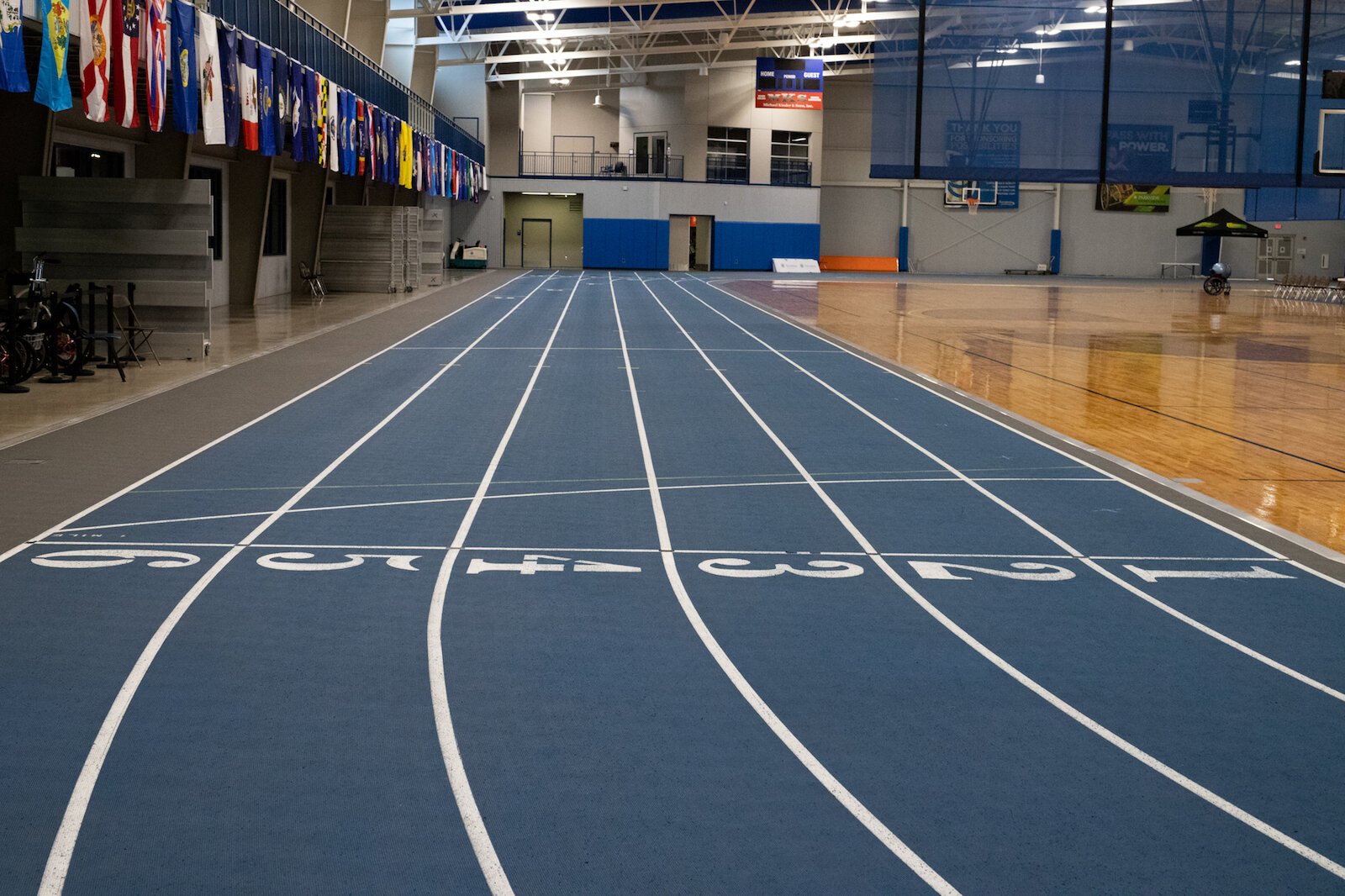
Creating trust-based, relational models
When the COVID-19 pandemic began, it not only complicated the essential services many nonprofits provide, but also their annual fundraisers to support these services.
Thankfully, along with the support of local donors, many foundations in Fort Wayne moved quickly to create rapid response grants, allowing service providers to be nimble and direct dollars where needed.
In March 2020, the St. Joseph Community Health Foundation, AWS Foundation, and Foellinger Foundation teamed up to create Emergency Relief Rapid Response mini-grants up to $5,000 each, which they deployed at their own funding capacities.
These grants, with fewer restrictions and less reporting required by nonprofits, helped organizations like Turnstone stay afloat during COVID-19. They also gave nonprofit leaders, like Carrasquillo, hope that the future of philanthropy might be more trust-oriented, allowing nonprofits to focus on their work rather than metrics and deadlines.
“We talk a lot about empowering people at Turnstone, but there’s something to be said for empowering nonprofits, too,” Carrasquillo says. “Trust nonprofits to do what they do and do it well, and you’ll free up their energies to focus on that.”
Ed Kominowski, President/CEO, of Foellinger Foundation, says this concept is part of a larger trend in the philanthropic community, known as “trust-based philanthropy,” which has been getting attention during COVID-19.
At its core, trust-based philanthropy is about redistributing the power dynamics between foundations and nonprofits, rooted in the understanding that nonprofits are often deeply embedded in the communities they serve and intimately understand their needs without extensive oversight. It also acknowledges that inequities, like racism, classism, and patriarchy, can affect grantmaking, too.
Kominowski says that since the Foellinger Foundation was created in 1958 by Helene Foellinger, addressing inequities and taking a highly inclusive approach to grantmaking have been quintessential to its work. While he sees a growing interest in additional trust-based practices locally, the shift can come with complications for funders, too.
Whereas fewer restrictions and less reporting on grants can create a more equitable environment, these changes can complicate the ability of foundations and donors to understand what they’re supporting and why it matters.
“As a private foundation, we are stewards and accountable for resources that have been entrusted to us to meet the needs of our community,” Kominowski says. “At times, that can create a tension between nonprofits, feeling like they’re always having to report back to us, and us, as funders, saying, ‘We just need to understand what you’re doing with the resources being provided.’ There are layers of value in reporting, however. I’ve actually been thanked by nonprofit partners for reporting outcomes, as it’s helped them better tell their story to other potential funders and steward their own donors.”
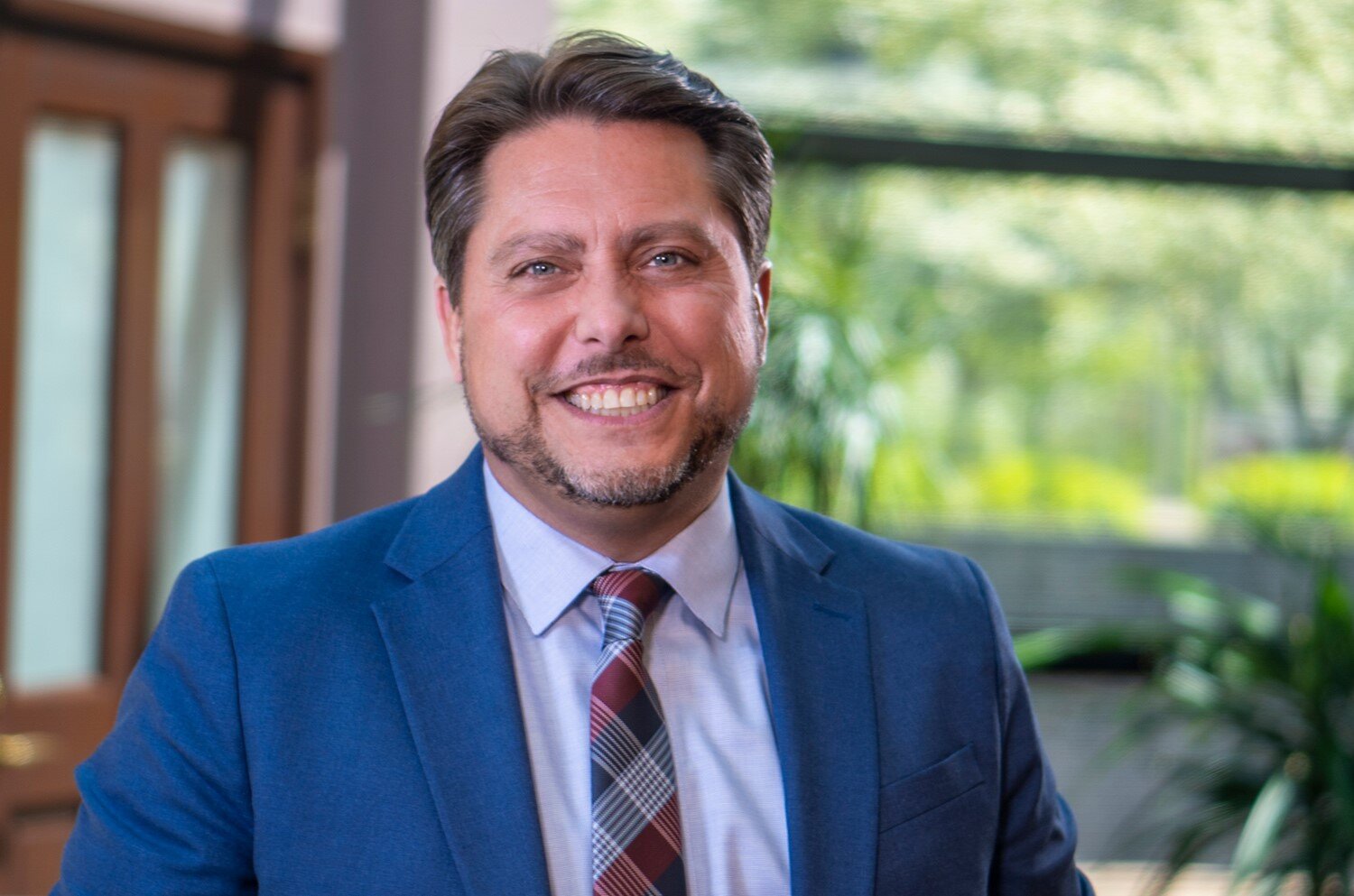
Although Foellinger is streamlining its data requirements attached to grants, it’s also leaning more heavily into its relationships with nonprofit leaders in one-on-one visits and conversations.
“Rather than asking them to write a report, we’re trying to walk in their shoes for a bit,” Kominowski says.
Dawn Martz, Director of Programs, says this shift was happening at Foellinger before the pandemic, and has been expedited with the help of tools, like Zoom, which connect funders with nonprofits virtually rather than requiring time-intensive office visits.
She sees these changes reducing the amount of paperwork involved in funding and improving funding relationships with greater understanding.
“There still will be grant processes, but they will be more focused on learning and building relationships,” she says.
Supporting the service providers
Since the COVID-19 pandemic began in March 2020, the U.S. Congress has passed four special appropriations laws for the federal government to use in relief efforts. The largest was the more than $2 trillion Coronavirus Aid, Relief, and Economic Security (CARES) Act, which includes assistance for individuals, businesses, and nonprofits.
However, while an influx of government funding can help nonprofits address society’s most urgent challenges in some ways, it can also create obstacles for them in the process. Because federal funding is often allocated to go directly to people in need, it doesn’t always provide nonprofits with enough administrative support to effectively administer the programs and services it creates.
This became the case for some Fort Wayne area nonprofits during COVID-19. As organizations received CARES Act funding, they sometimes found themselves needing to spend dollars by artificial deadlines without the infrastructure to do it effectively and strategically.
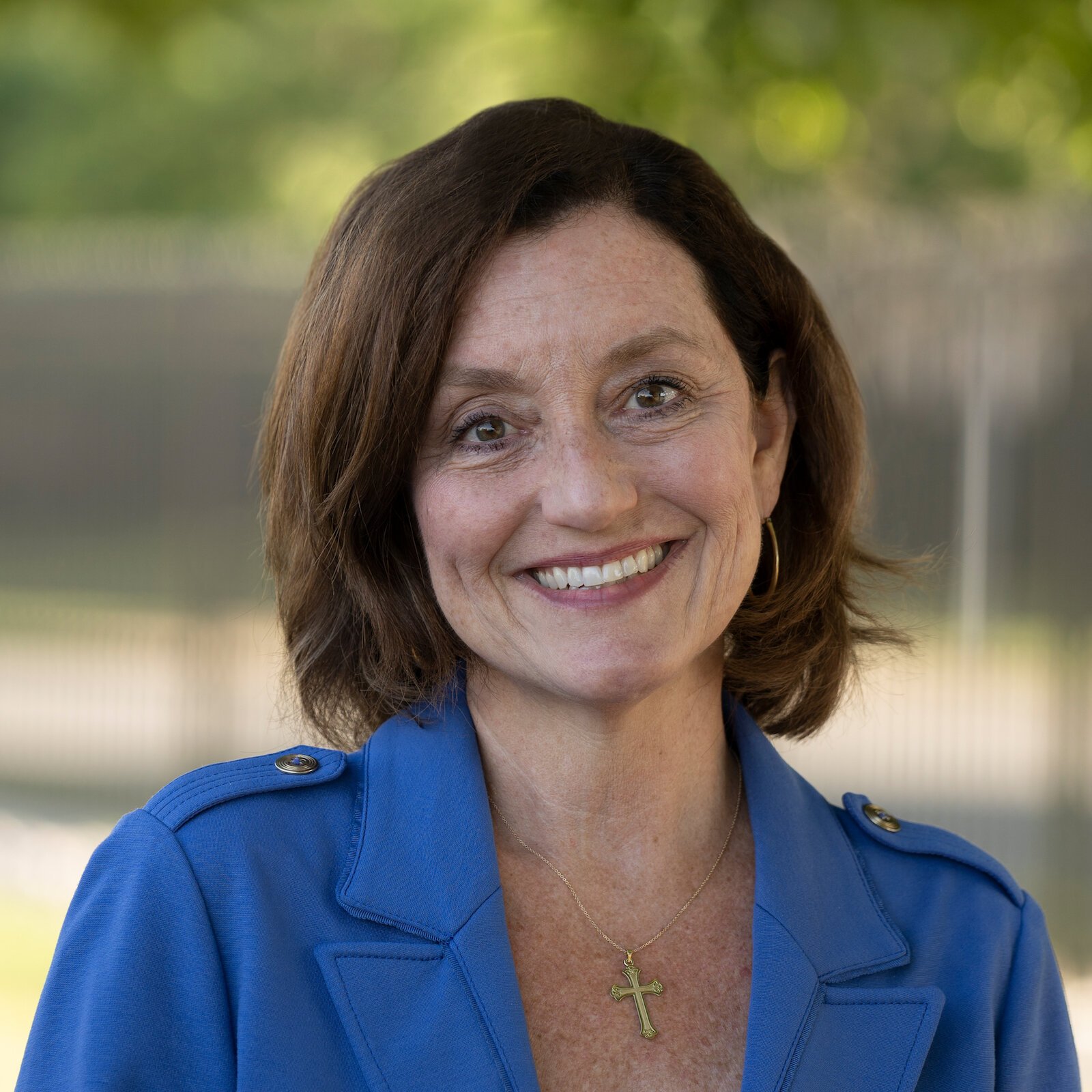
At Lutheran Social Services of Indiana (LSSI), President and CEO Angie Moellering says the specific and sometimes narrow limits on federal funding is one reason LSSI has been extra thankful to its local donors and foundation partners during COVID-19 who have provided her staff with a lifeline of flexible, administrative support.
“Having this operational support allows us to fill funding gaps and to stay with families in ways that create continuity and longevity,” she says.
Under normal conditions, LSSI walks alongside Northeast Indiana families facing economic and stability challenges, helping them develop holistic, long-term life changes with services ranging from childcare to financial literacy lessons and employment assistance.
“We see ourselves as always looking at what the community needs, what gaps exist, and how we can adapt our services to better meet needs,” Moellering says.
In recent years, LSSI has taken an increasingly collaborative approach to this work, connecting with other organizations in Northeast Indiana to bridge gaps in the social services sector. Since the pandemic began and more people are in need of greater assistance, Moellering says these collaborations have helped LSSI and others create continuity so they aren’t duplicating efforts.
It’s another way they see themselves walking alongside families during this time when information is confusing, and people aren’t sure where to turn for what they need.
At the onset of the pandemic, Development Coordinator Gillian Frazier was busy helping clients on LSSI’s website navigate a myriad of supports and resources that changed day-by-day. She spearheaded the creation of guides, like a financial stability toolkit, to answer peoples’ questions about loans and other complex situations that could end up costing them in the long-run.
Moellering says the goal of LSSI’s work is to move away from responding to immediate challenges and to move toward preventing problems before they start. As such, she credits her staff’s ability to maintain this approach throughout the pandemic, thinking strategically under pressure and meeting an ever-evolving list of needs, while also creating as much sustainability as possible for the future.
After all, when vaccines are administered and emergency funding is spent, the challenges people face at or below the poverty level in Allen County will persist—and could increase.
“It takes a heavy lift by staff not only to meet people’s immediate needs, but also to do it in a way that doesn’t just kick the can down the road, but makes a longer-term impact,” Moellering says. “Our team has been running at very fast pace.”

Even so, as a nonprofit leader, she is also concerned about the ability of the nonprofit sector, as a whole, to retain talent in a post-pandemic world, amidst the threat of burnout and increasing competition for highly skilled workers.
“We need to continue to attract, grow, and retain those who are effective leaders and work well with families,” she says.
As a result, LSSI has been investing in support for its roughly 70-person staff throughout the pandemic, turning Frazier into an amateur video producer to send staff members encouragement and skill-building tips on a regular basis.
“We found videos to be a good way to stay in contact with staff and to help them feel like they’re a part of the team during this time,” Frazier says.
While some of LSSI’s services have been able to go virtual, much of their work, like childcare and case management, still requires “high-touch,” Moellering says. As a result, her team has been encouraging staff members to find safe ways to keep caring for clients and to take time off as they can for well-deserved mental health breaks.
“We’re telling them: Do something restorative; do something that feeds you,” Moellering says.
Revealing the nature and significance of service work
Retaining talent in the nonprofit sector and generating awareness about the economic importance of this sector is a concern shared by Steve Hoffman, President and CEO of Brightpoint.
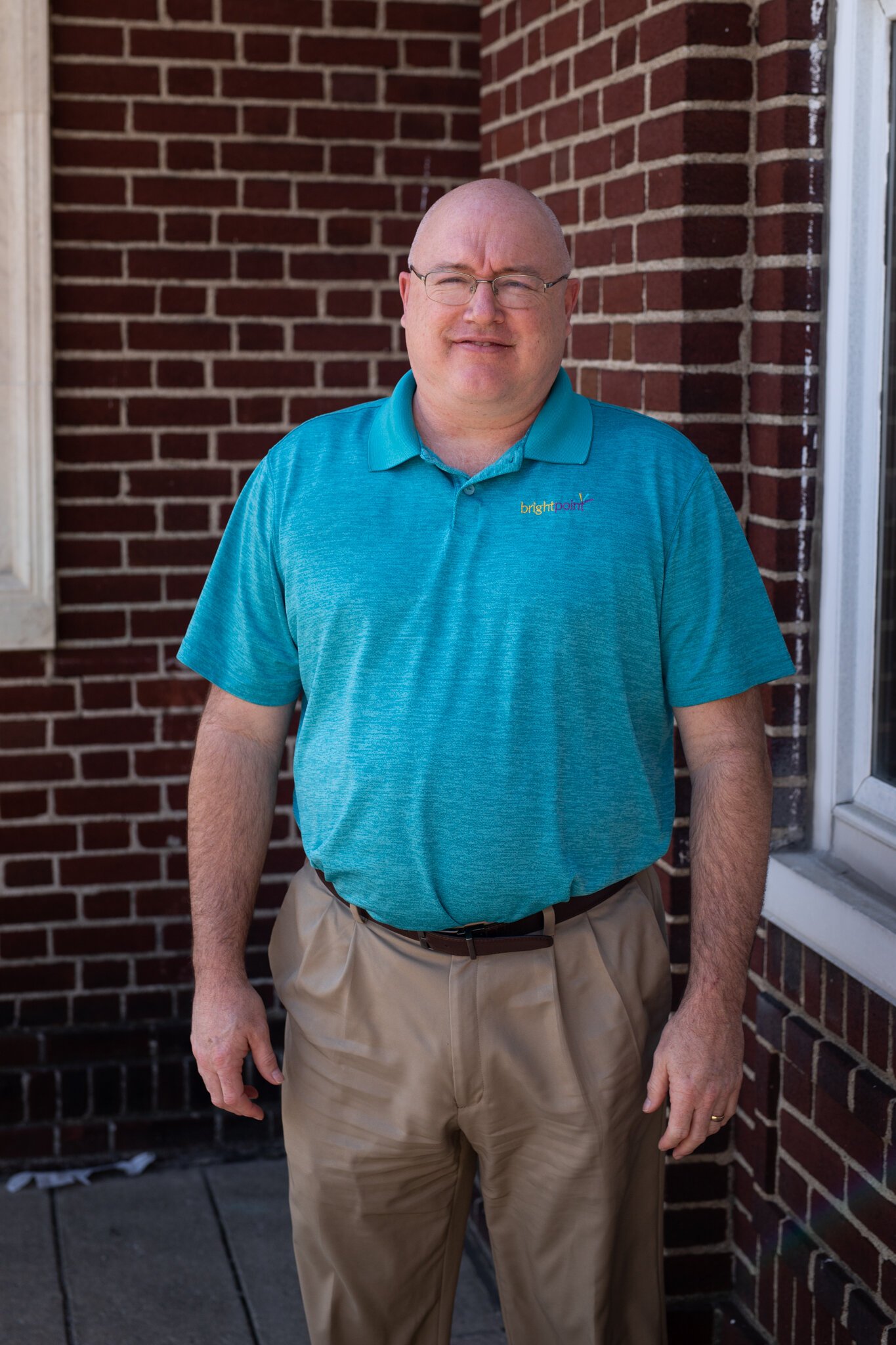
For years, Hoffman has witnessed local residents—even leaders—undervalue the critical role that human service organizations play in the fabric of society, calling them mere “charity” organizations.
He believes this mischaracterization is rooted in a lack of understanding about the nature of social inequities and the extent to which Fort Wayne’s most vulnerable residents impact the city’s overall wellbeing and economic vitality.
It’s something Matthew Purkey, President & CEO of United Way of Allen County and former active duty U.S. Marine, has witnessed, too.
In the Marines, where everyone is equally given boots, the popular onus to “pull yourself up by your bootstraps” truly depends on each individual’s personal grit and stamina to rise to the challenge. But when applied to social issues, like rising out of poverty, this same command makes the false assumption that everyone has boots to begin with, Purkey points out.
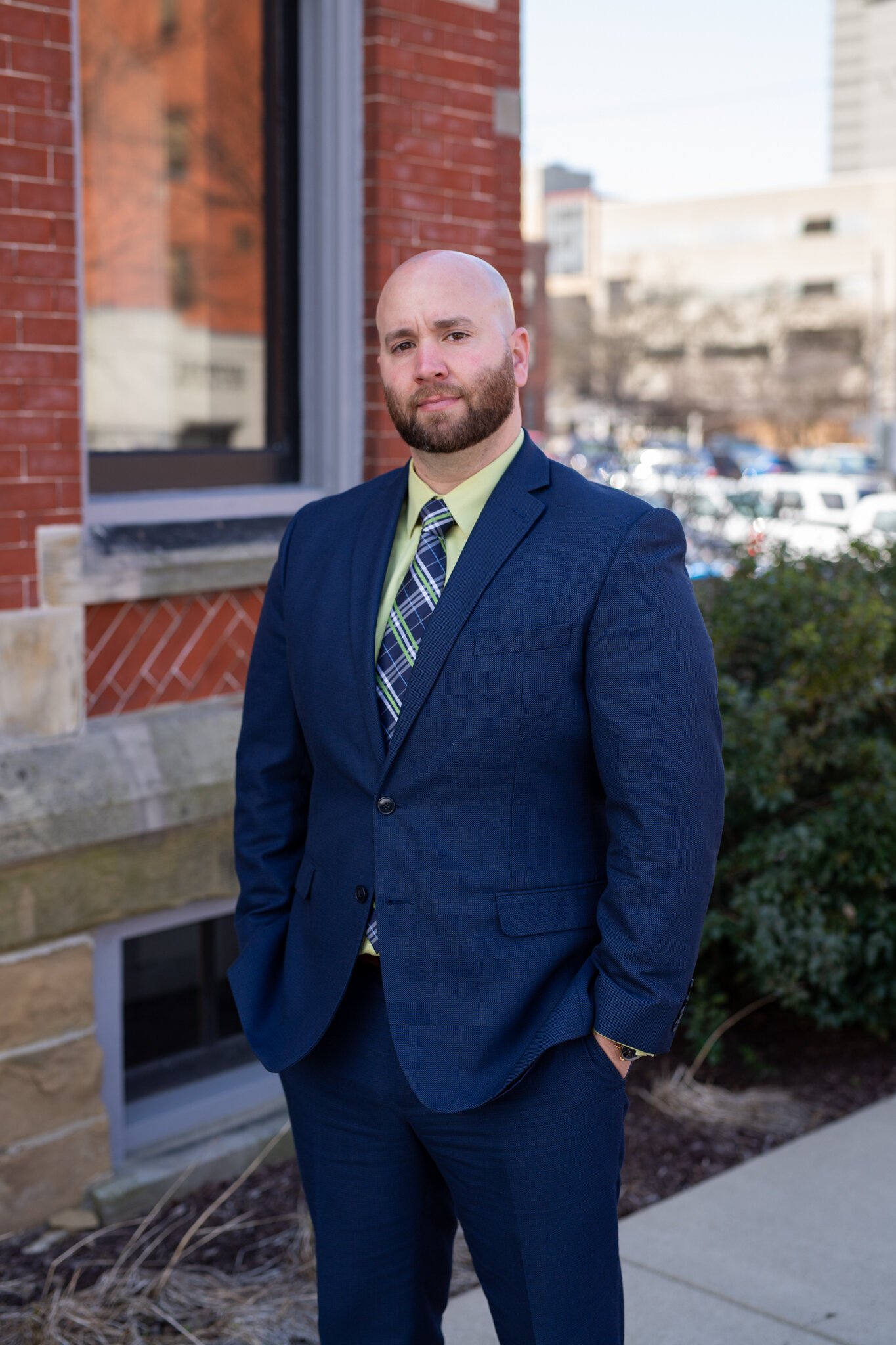
The way he sees it, nonprofits are not trying to “give out boots so everyone can be pulled up.”
“We are simply trying to provide an equitable arena in which everyone has the opportunity to get their own boots,” Purkey says.
In the process of leveling the playing field, so individuals can thrive by their own merit, nonprofits are essentially taking on the challenges that cities’ other sectors—the government, business community, school districts, and healthcare providers—either can’t or won’t address.
A 2018 study found that 373 human service organizations alone contribute more than $722 million to Allen County’s gross regional product (GRP).
Yet, nonprofits are frequently undervalued economically, Hoffman points out.
“I’ve been in meetings where I’ve been specifically told by leaders in our community that nonprofits like Brightpoint are not a part of economic development,” he says. “It’s kind of shocking to hear when we’re a major employer, a major revenue generator, and there are a lot of people we’re moving toward economic self-sufficiency.”
Hoffman says local residents are often surprised to learn how many clients Brightpoint serves on a daily basis via calls, texts, emails, and on-site visits—and during the pandemic, this number has grown exponentially.
“People typically know that Indiana’s 2-1-1 service line gets a lot of phone calls,” Hoffman says. “We get more calls a day than 2-1-1.”
With this knowledge in mind, Hoffman helped found the Alliance for Human Services even before the pandemic in 2018. The Alliance is a group of about 50 local service organizations generating economic growth and resilience in the community. They meet monthly to collaborate, offer support, and develop a united voice in Fort Wayne to educate the public about why their work matters from an economic standpoint.
Hoffman says in his 22 years in the social service sector, he’s never witnessed a challenge like the COVID-19 pandemic that area nonprofits are rallying to withstand. But he’s hopeful this extreme experience will wake up residents to the essential role nonprofits play in the local economy—and remind them that this role does not diminish once vaccines are administered. It just takes different forms.
“I want nonprofits and social service agencies to be respected,” Hoffman says. “I don’t think people view it that way enough. They see us as do-gooders, or we ‘help people,’ but ‘people should really pick themselves up by their bootstraps,’ and ‘poor people don’t impact my life.’ That’s not the case. If we have a poverty issue in our community, that’s bad for the economy; that’s bad for all of us—not just bad for some families.”
Going digital years ahead of schedule
While COVID-19 hasn’t benefitted nonprofits in many tangible ways yet, Shown says one silver lining her team is seeing at Turnstone is finding new, socially distant and virtual ways to deliver their services, which could save them and their clients’ time, money, and energy in the future.
At the onset of the pandemic, Turnstone received emergency relief funding from the AWS Foundation to outfit their staff with laptops and technology to go digital essentially overnight. They also received funding for PPE and technology from United Way.
“I feel like, in some ways, COVID has really brought us into the 21st century,” Shown says, noting that Turnstone had planned to digitize some of its services two or three years down the road, but was able to expedite the process.
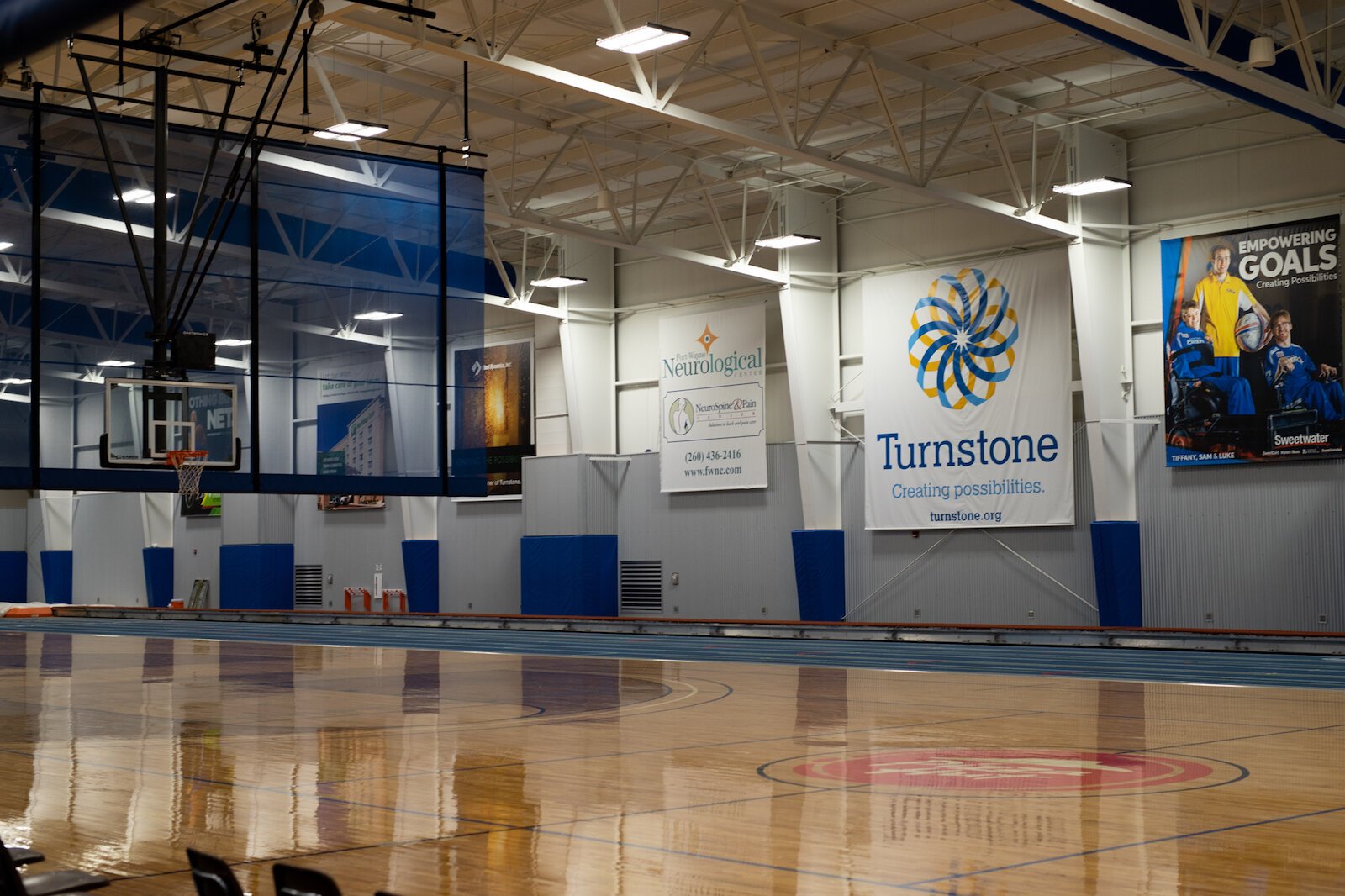
Along with going virtual by necessity during the pandemic, the transition has also helped Turnstone better meet the needs of some of its clientele who have transportation challenges, scheduling challenges, gas money challenges, or simply prefer virtual environments, Carrasquillo says.
Looking to the future, she sees Turnstone’s new model benefitting from this highly adaptive and personalized approach.
“Some clients need to be in-person, but keeping that virtual option open to them will be important in meeting them where they’re at and giving them options of how to best receive support,” she says.
It’s this highly personalized, hybrid method of meeting the community where they’re at that is part of a growing shift among Fort Wayne nonprofits likely to continue in the post-pandemic world.
Meeting the community where they are
As residents across Allen County prepare for vaccinations, an end to mask mandates, and the ever-promised “new normal,” nonprofit leaders like Melissa Rinehart, Executive Director of Wellspring Interfaith Social Services, remain largely immersed in the chaos of COVID-19.
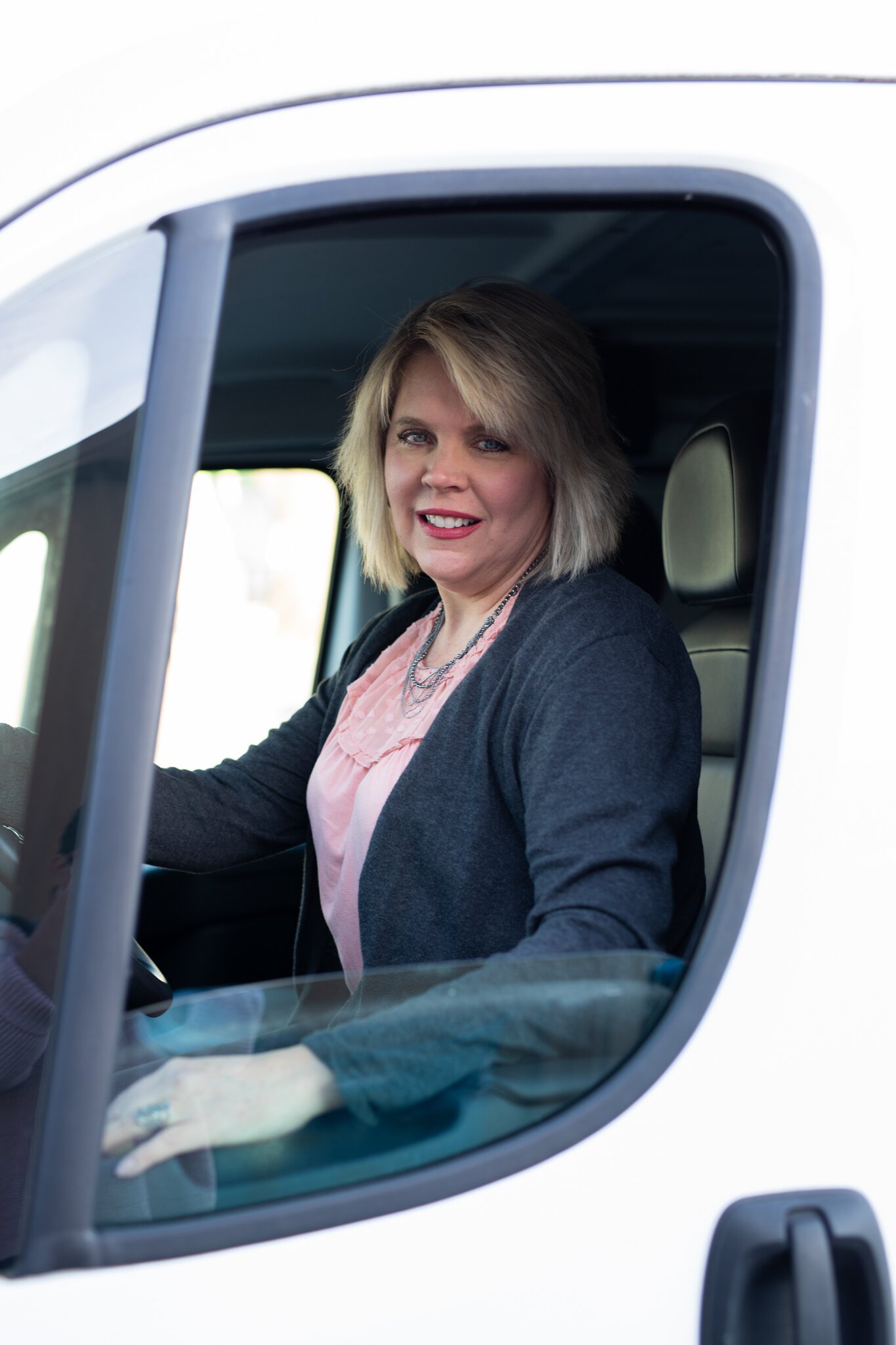
Wellspring serves youth and adults across Allen County with a variety of needs from food and clothing, to opportunities for educational advancement and socialization from its two locations at 1316 Broadway. During the pandemic, food is the most urgent essential need it is meeting.
“We’re still going like gangbusters, and it’s just getting worse,” Rinehart says.
Since its founding, Wellspring has traditionally expected residents to come to them for resources, like food. But COVID-19’s limitations on public gatherings have changed their highly centralized model.
“We’ve had to pivot, to go to the where the needs are, instead of having people come to us,” Rinehart says.
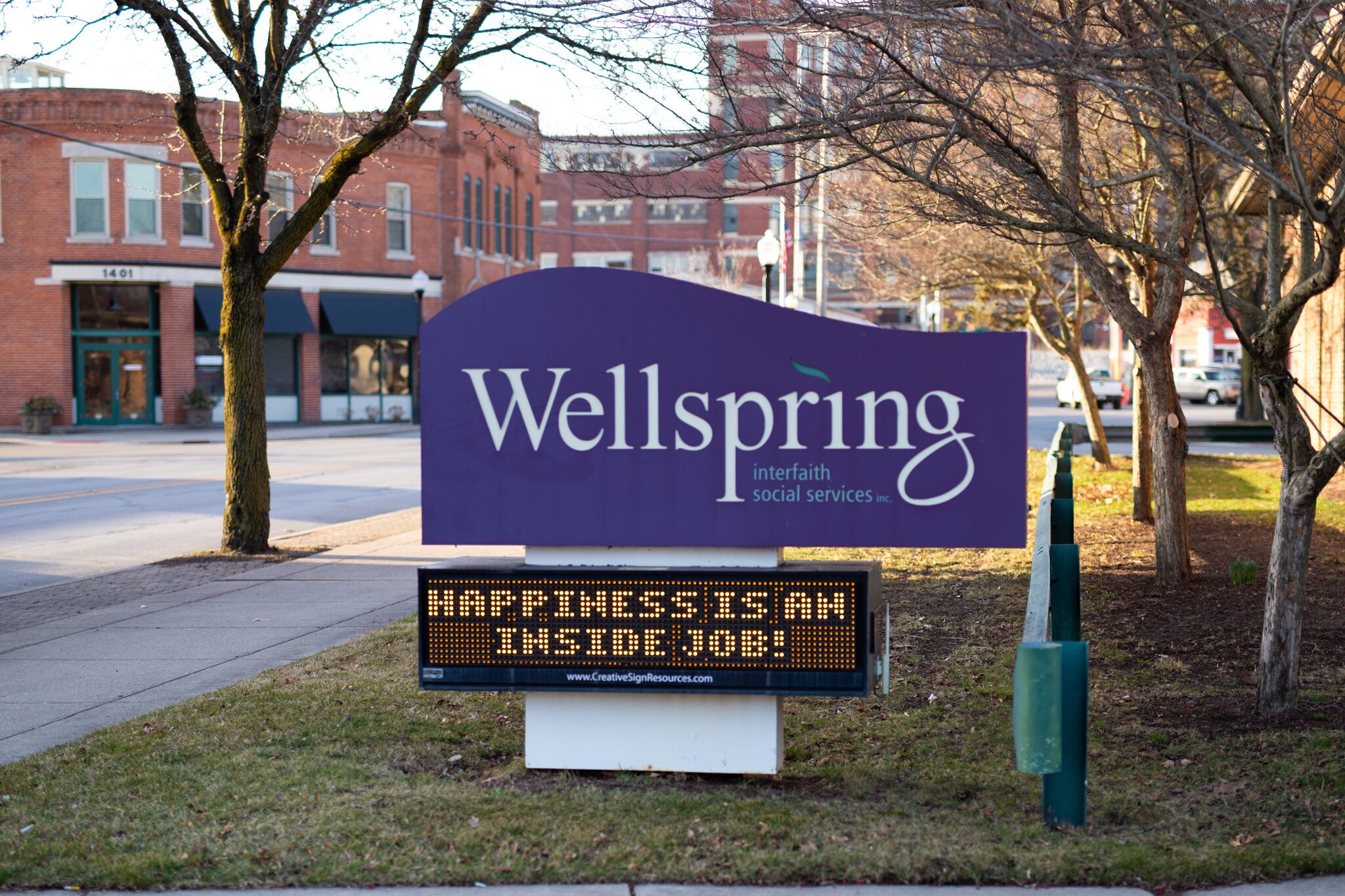
Since she became director of Wellspring in March 2019, Rinehart has been interested in mobilizing the nonprofit’s food pantry and clothing shop to reach more residents. As the creator of Welcoming Fort Wayne, which serves the area’s immigrant community, she is acutely aware of just how much need there is in the city among people who have transportation challenges.
So over the years, she’s developed community partnerships to extend the nonprofit’s impact. In August 2019, she led an initiative to take Wellspring’s mobile food pantry to Autumn Woods Apartments, where many immigrants and refugees live.
When the pandemic began, Wellspring took this effort a step further by turning its Broadway location into a drive-through only model and doubling down on its mobile food pantry, setting up shop in multiple locations throughout the Fort Wayne area every Tuesday and Thursday.
“By going mobile, we’ve doubled the number of people we normally serve in the last year,” Rinehart says.
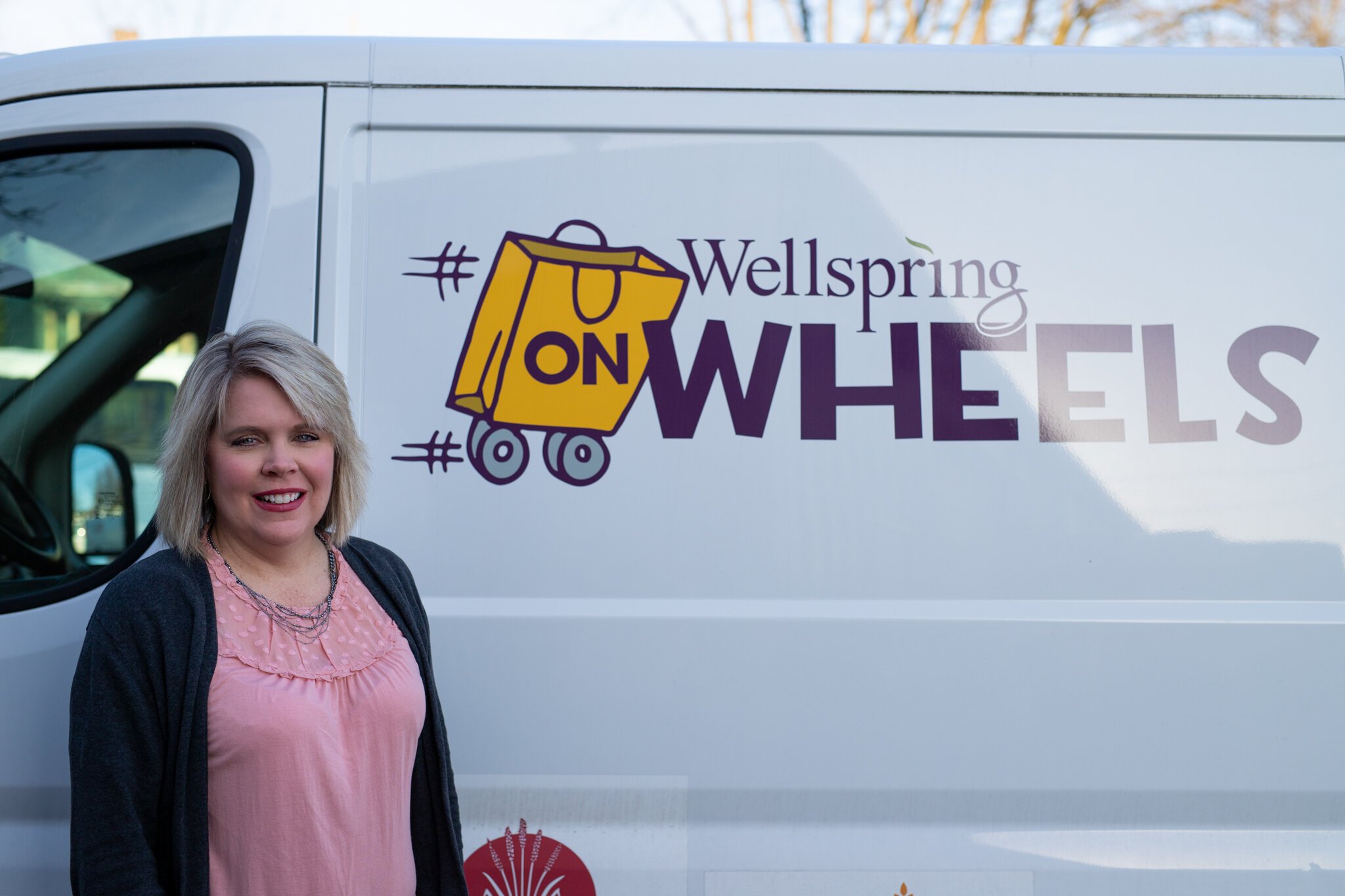
One reason for this increase is because Wellspring is actively seeking out people in need. Another reason is: The need for food in Allen County is being exacerbated by COVID-19. Even residents who have never been in need of food before the pandemic are suddenly finding themselves “at risk.”
“We’ve had clients who are teachers or are laid-off factory workers,” Rinehart says. “It’s been eye-opening for my staff to see what ‘at risk’ looks like.”
Rinehart says Wellspring doesn’t place any restrictions on who can receive food from its mobile food pantry. It doesn’t even require an ID. So far, about 50 percent of Wellspring’s clients are still going to its drive-through pantry on Broadway in addition to its mobile pantries every week.
“That, right there, anecdotally says a lot that folks are hungry, and the need just continues to grow,” Rinehart says.
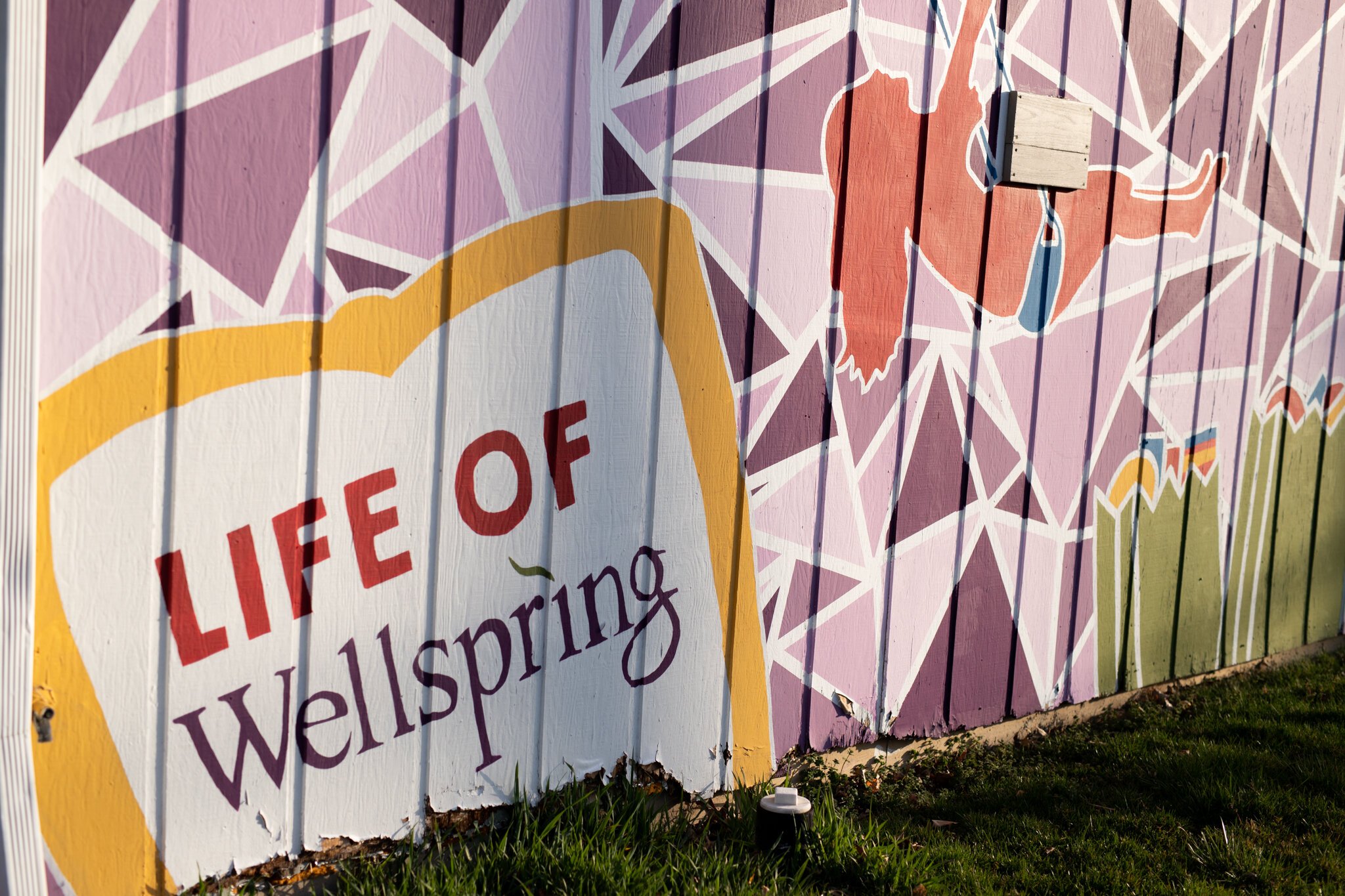
Luckily, the funding Wellspring needs to provide food to hungry residents has been keeping up with the surging demand. While Rinehart had to furlough staff at the beginning of the pandemic, she’s managed to retain the organization’s average of five full-time employees.
About 50 percent of Wellspring’s annual budget comes directly from foundations and the government. The other 50 percent comes from congregational, corporate, and donor support.
While Rinehart is thankful for the generous support she’s seen during COVID-19, she knows Wellspring is lucky to be able to operate at its full capacity.
“I know many other nonprofits that are not in the same position we are, and I’d like to think all nonprofits are providing an ‘essential’ service,” she says.
Looking to the future, she’s hoping to expand Wellspring’s mobile pantry to stock clothing, in addition to food. She’s also hoping to generate more conversation around the deeper, systemic challenges underlying the urgent food shortages people across Allen County and the U.S. are feeling now, more than ever, during the pandemic.
Rinehart points to shortages of multiple items, like toilet paper and meat, at supermarkets as further evidence of the need for broader change in “essential” systems across the U.S.
“This pandemic has opened my eyes to how weak the infrastructure is for the very fundamental needs we all have as humans,” Rinehart says. “We can’t prevent another pandemic, but we can be better prepared. The bigger and deeper discussion to have is: Why do we have food insecurity in the first place at the level that we do in Allen County? But until that’s deconstructed and resolved, people still need to eat.”
Finding better ways to meet essential needs
As the recently appointed President & CEO of United Way of Allen County, Matthew Purkey has an opinion that might surprise you.
“The best United Way is the one that doesn’t need to exist,” he says. “That would mean all community needs have been met.”
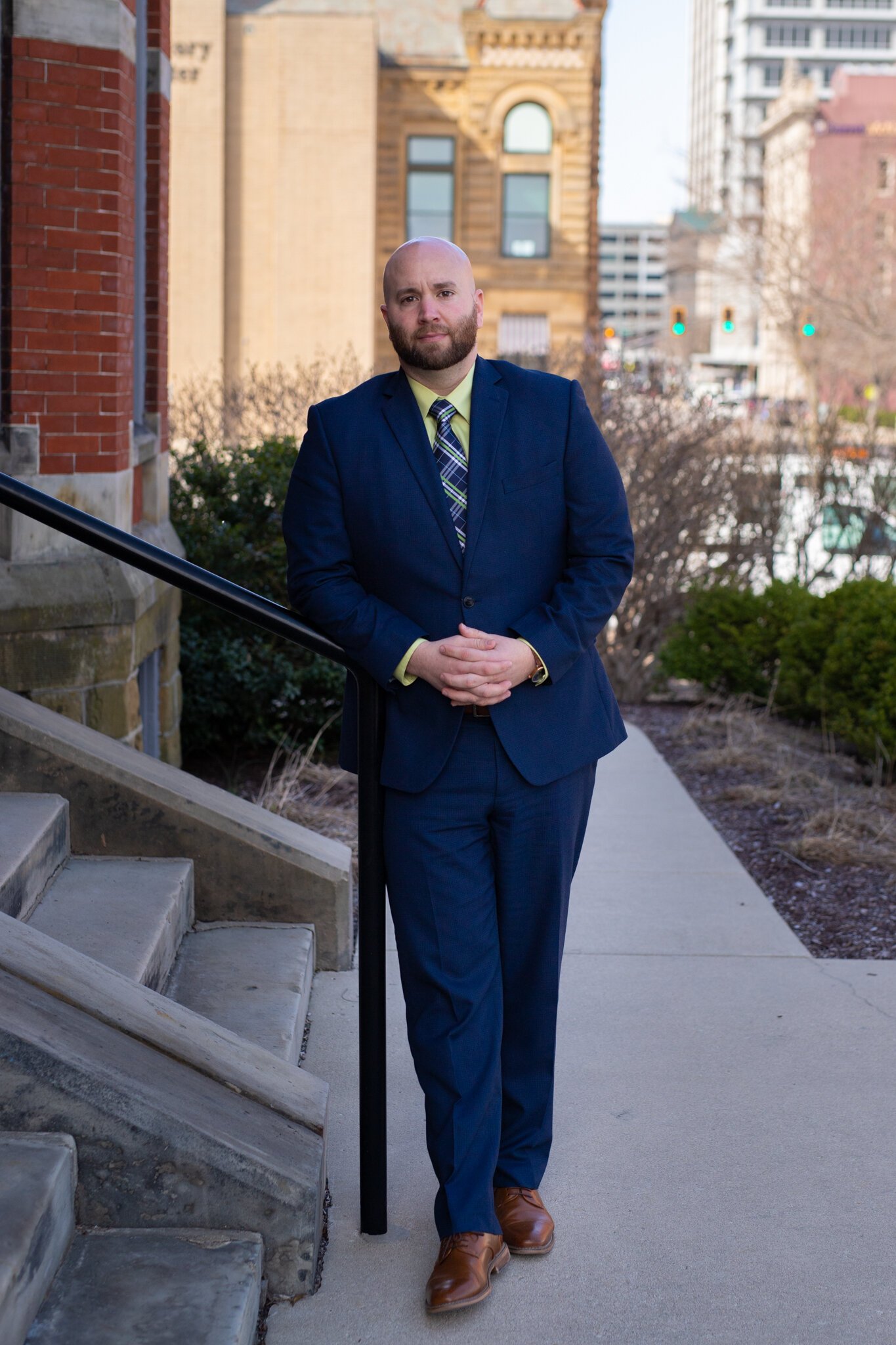
In other words, the most effective way for United Way of Allen County to support local ALICE populations (asset-limited, income-constrained employed) is not to be a self-contained community chest or “nonprofit ATM.” Instead, it’s about identifying the community’s most urgent needs, according to data, and coming alongside the region’s other funders and nonprofits to address these challenges collectively.
This mindset represents another way of changing how funders and nonprofits meet essential needs in cities—not necessarily by allocating more resources to challenges, but by making better use of the resources available.
As a seasoned United Way executive, Purkey took charge of Allen County’s United Way only weeks before the pandemic began. Since then, he’s been working to bring area funders together around this shift in philosophy.
At the onset of the pandemic, United Way quickly convened a meeting of about 40 foundations and community stakeholders across the county to form the Emergency Relief Fund (ERF). Purkey says this move, in many ways, was a historic one in Allen County’s philanthropic sector.
“There were several things I was told would never happen here, one of them being, all the area funders coming together according to one initiative,” Purkey says. “But what we’ve been able to do with the ERF is tear down philosophical funding silos and forgo competition for collaboration.”
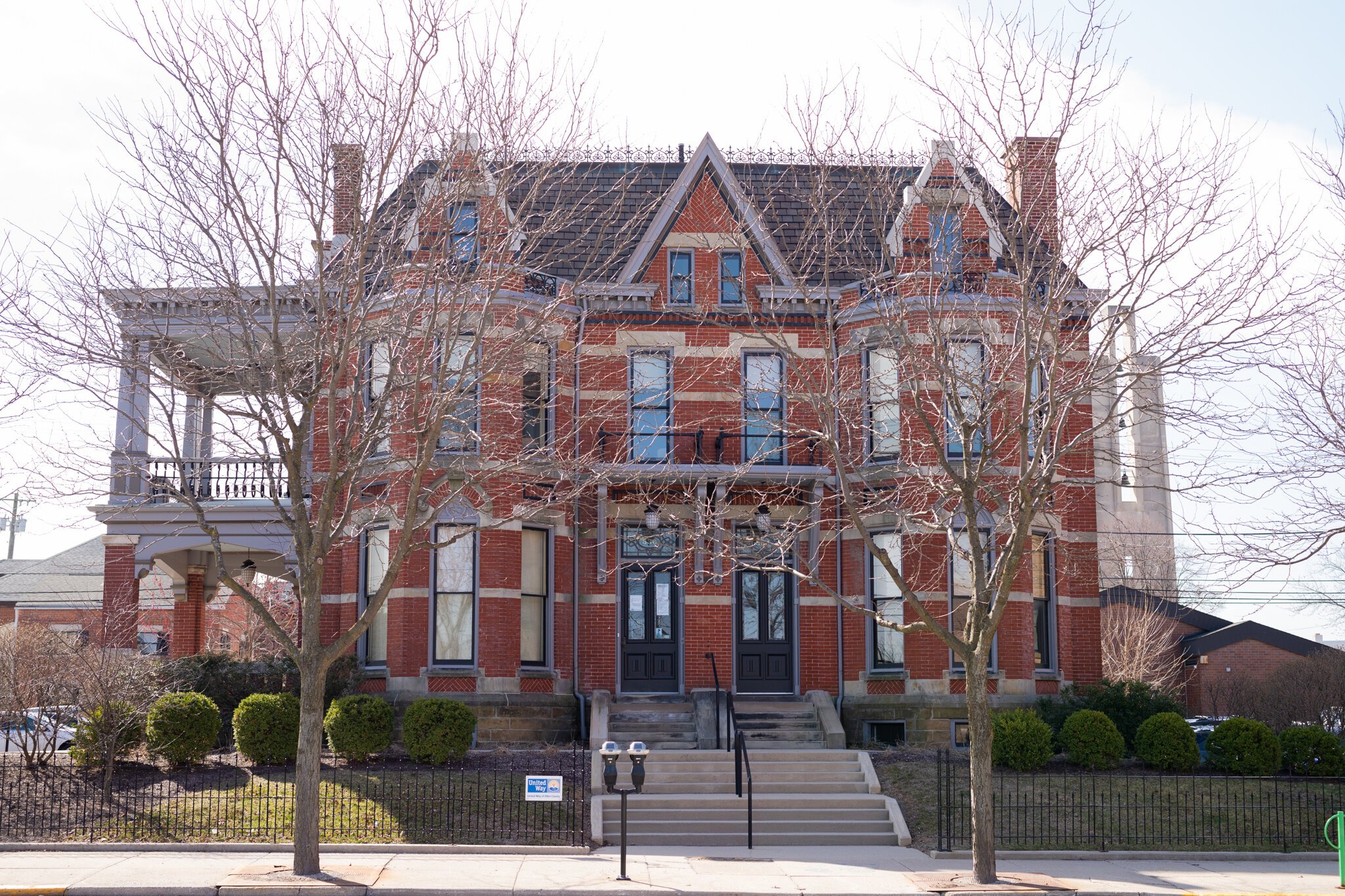
While the ERF has taken a streamlined, unified approach to funding throughout the pandemic, driving approximately $3.6 million to support more than 534,700 people with urgent needs, it’s also seeking to change the way Northeast Indiana addresses challenges in the future.
Namely, it’s getting funders and nonprofits alike to agree on and address the deeper, systemic challenges in Allen County, which hold individuals and families back.
“We are convening a taskforce of 17 Allen County experts in economic development, education, healthcare, local government, and other areas, including our currently funded partners and nonfunded partners,” Purkey says. “Our goal is to create the most comprehensive community needs assessment in Allen County.”
To create this needs assessment, United Way is contracting Rachel Blakeman, Director of Purdue University Fort Wayne’s Community Research Institute, to facilitate the taskforce from a community lens—not a United Way lens, Purkey notes.
“The assessment will be public data available to whoever wants it,” he says. “Until now, we’ve had overlapping community needs assessments, but that also means we’re operating on different measurements, and that has caused friction in the past. We want organizations, businesses, public and private, working together and speaking the same language.”
Purkey has seen this kind of collaboration happen in other cities where he’s led United Ways, from Athens, Georgia, to Dayton, Ohio. He says it tends to be a three to five-year process, but in Fort Wayne, COVID-19 has expediated the timeline. The pandemic is also getting the United Way of Allen County to look at its own diversity, equity, and inclusion measures, and fund a broader swath of grassroots organizations meeting needs in historically underfunded areas, like Southeast Fort Wayne.
Overall, Purkey says the ERF has helped United Way be more equitable and inclusive in its funding scope, as well as simplify its application process, which can also be a barrier to receiving funding.
“Before the pandemic, the process to be funded by United Way was exhausting,” Purkey says. “Now, we’ve gotten rid of many restrictions we previously put on our funding, and we’ve essentially said, ‘The money we invest is intended for this purpose; We trust you, as a leader in this community, to make it happen.”
In this way, United Way’s partnerships are evolving from transactional to relational.
Trust-based philanthropy is part of a growing trend among United Ways nationwide, getting out of the “ivory tower” and putting their “ears to the street” to better understand what nonprofit leaders and community members need, Purkey says.
It’s all a part of transitioning from being a “funder” to coming alongside nonprofits as a “community problem solver.”
“We’re looking at funding philosophy shifts where we will allow both data and lived experience to guide our decision-making,” Purkey says. “I feel this next year is going to be the most important in the history of the United Way of Allen County…. You can get all the experts in a room and develop the best policy or initiative, with the best intent, but if you’re not listening to who you’re impacting, then you’re missing the main ingredient.”


